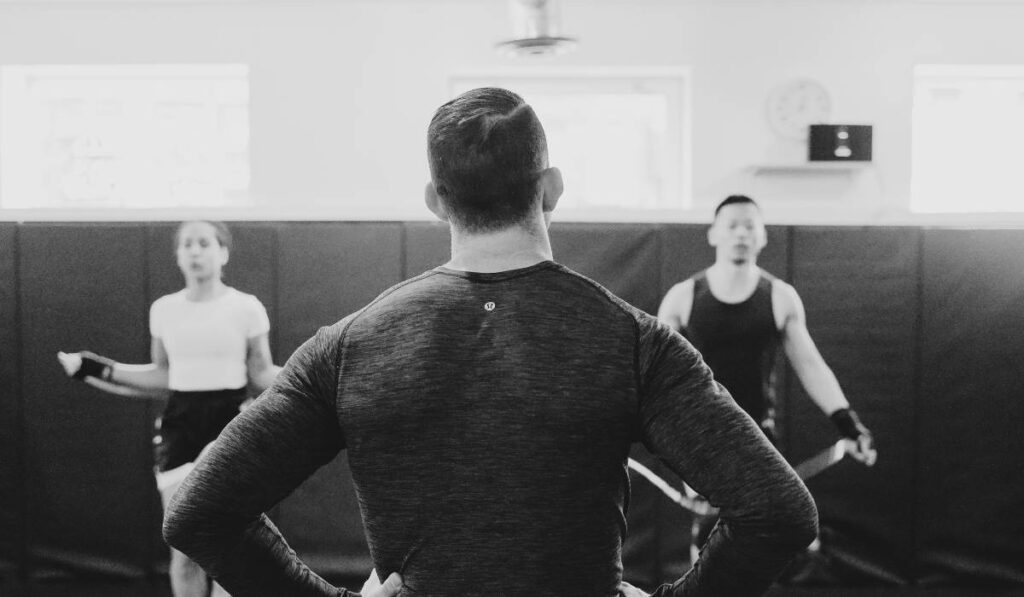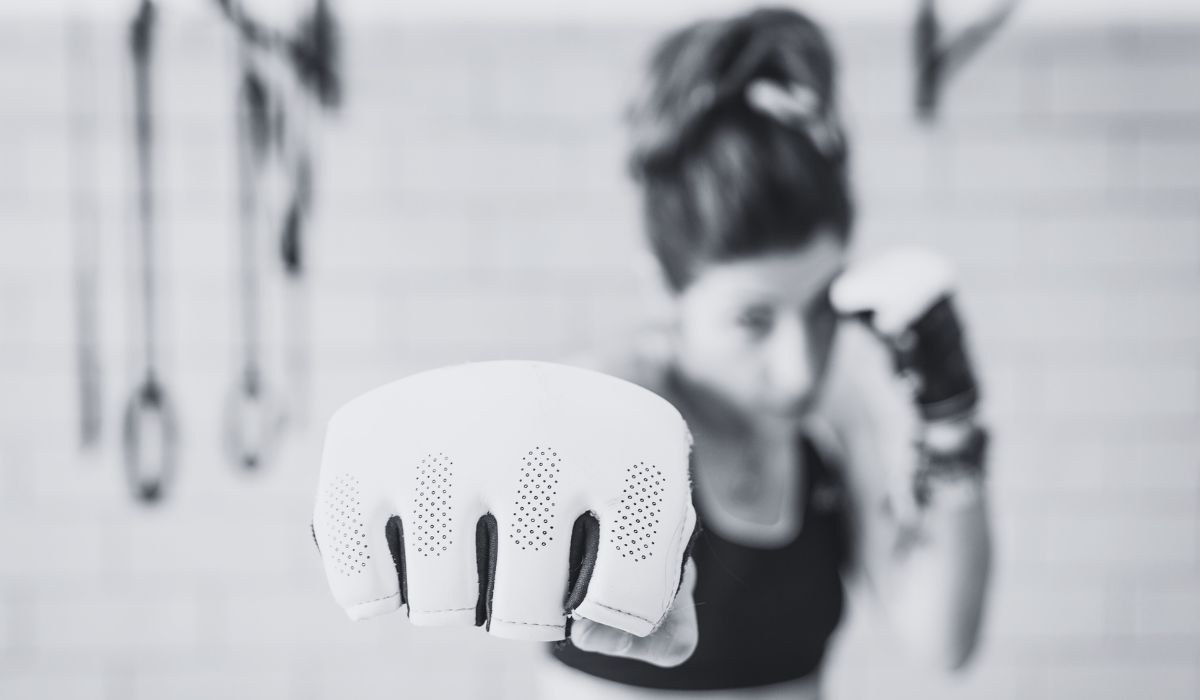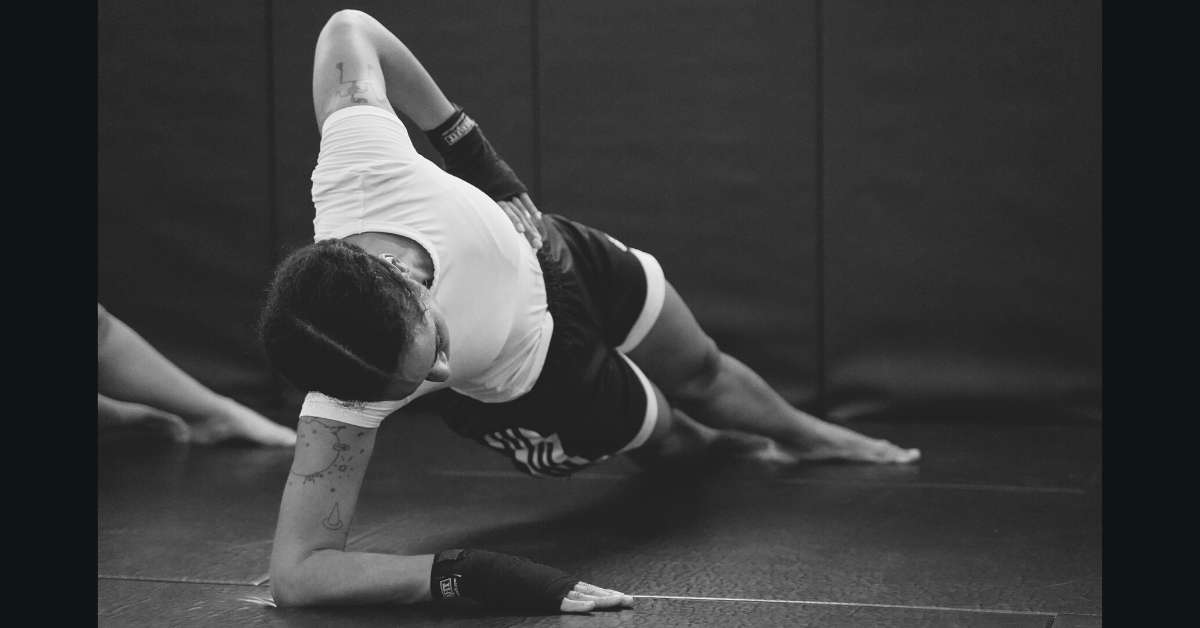
Common Muay Thai Injuries And How To Prevent Them
Muay Thai is a challenging sport, no doubt, but it’s also incredibly rewarding. While mastering the techniques offers a sense of accomplishment, the physical intensity means injuries are part and parcel of the journey. However, many of these injuries can be prevented. With proper guidance from a qualified Muay Thai trainer and by following the right training protocols, you can significantly reduce your risk.
Here are common muay thai injuries and how to prevent them:
1. Bruised Shins
They happen because your shins frequently make contact with something hard—like an opponent’s body or a heavy bag—when you’re kicking or blocking. Each time you kick or block, your shin takes the brunt of the impact, which can lead to bruising over time.
How to Prevent:
- Conditioning: Gradually build the resistance of your shins by hitting the heavy bag with increasing force over time.
- Shin Guards: Provide an extra layer of protection during sparring sessions
- Cold Therapy: Applying ice packs reduces inflammation and speeds up the healing process.
How to Treat:
- Use arnica gel or cream for topical pain relief.
- Take over-the-counter anti-inflammatory medication as needed, but consult your healthcare provider first.
2. Shin Splints
Basically, shin splints are a kind of ache or pain you feel along the front of your lower leg, near the shin. This usually happens because of repetitive stress on the shinbone and the tissue that connects your muscles to the bone.
How to Prevent:
- Warm Up Properly: Spend at least 10 minutes warming up with light jogging and stretching.
- Footwear: Use athletic shoes that offer good arch support and cushioning.
- Strengthen Lower Legs: Calf raises and toe taps make the muscles that support your shin stronger
How to Treat:
- Rest is crucial; don’t push through the pain.
- Consult a healthcare provider for personalized treatment options, such as physical therapy.
3. Sprained Wrists
They often happen when you don’t use the correct technique for punching or blocking. When you throw a punch or block incorrectly, your wrist can twist or bend in a way that it’s not supposed to, causing the ligaments to stretch or tear.
How to Prevent:
- Wrist Wraps: Always wrap your wrists with quality wraps to provide adequate support.
- Technique: Work with a personal trainer in Toronto to correct your punching form and minimize wrist strain.
- Progressive Overload: Increase your training intensity gradually to let your wrists adapt.
How to Treat:
- Use a wrist support or brace during training if you’ve experienced previous wrist issues.
- Incorporate wrist-strengthening exercises into your workout regimen.

4. Shoulder Injuries
Shoulder injuries are also fairly common in Muay Thai and usually come from doing the same movements over and over, like punching or clinching. They can be as mild as a slight ache or as severe as a tear that requires medical attention.
How to Prevent:
- Rotator Cuff Workouts: Incorporate exercises like external rotations and face pulls.
- Technique: Proper alignment minimizes undue stress on the shoulder joints.
- Rest: Give yourself adequate recovery time in between strenuous training sessions.
How to Treat:
- Regularly use a foam roller or massage ball to relieve shoulder tension.
- Seek medical advice for persistent shoulder pain.
5. Concussions
Concussions pose a serious risk and can have long-term repercussions. They occur when a blow to the head or a sudden jolt shakes your brain inside the skull. They can cause headaches, dizziness, and confusion. In severe cases, concussions can cause you to lose consciousness.
How to Prevent:
- Headgear: Though not foolproof, it offers some level of protection.
- Defensive Training: Learn techniques to parry or dodge headshots.
- Medical Advice: Always consult a healthcare provider if you suspect a concussion.
How to Treat:
- Never return to training without medical clearance after a suspected concussion.
- Observe any changes in mood or cognitive function and seek medical evaluation.
Note: Consult with a healthcare provider for the diagnosis and treatment of injuries.
For more Muay Thai training advice, follow Montrait Muay Thai blog.
ADD COMMENT
You must be logged in to post a comment.




